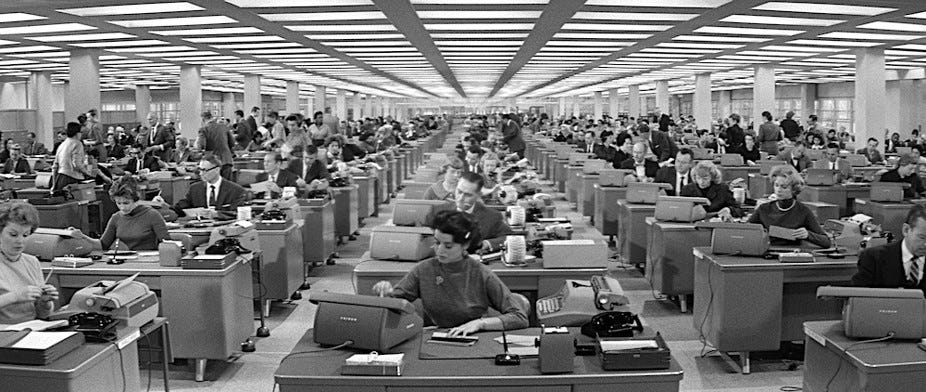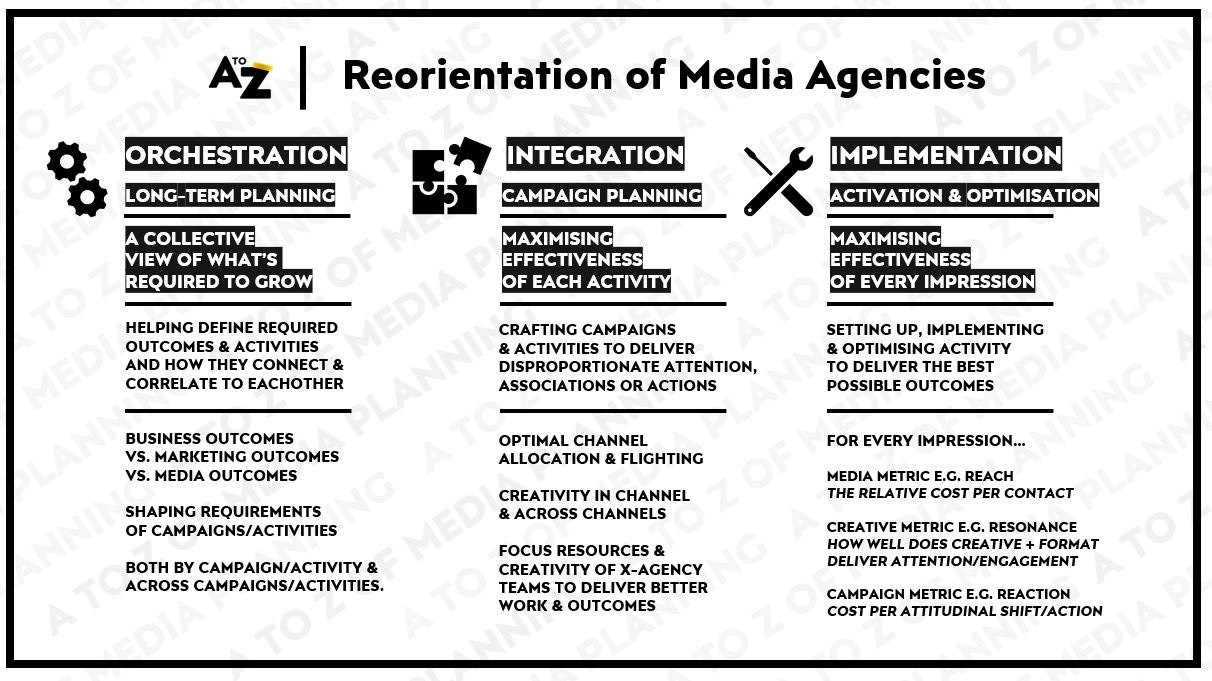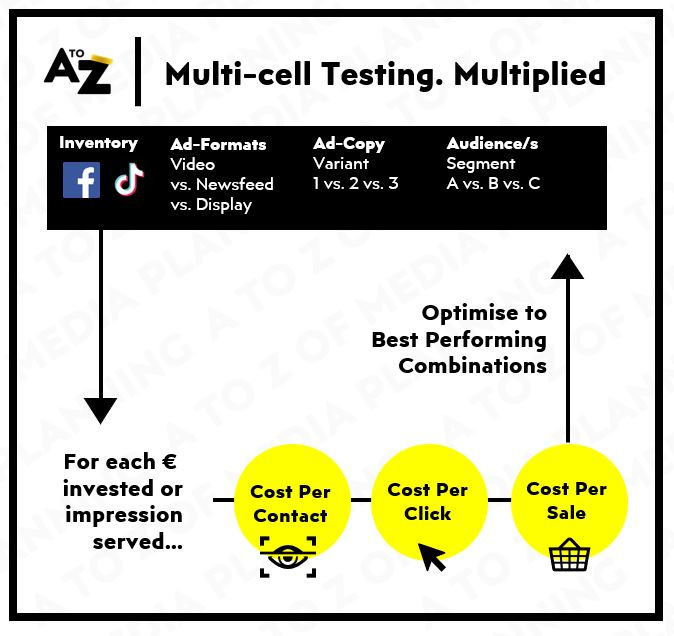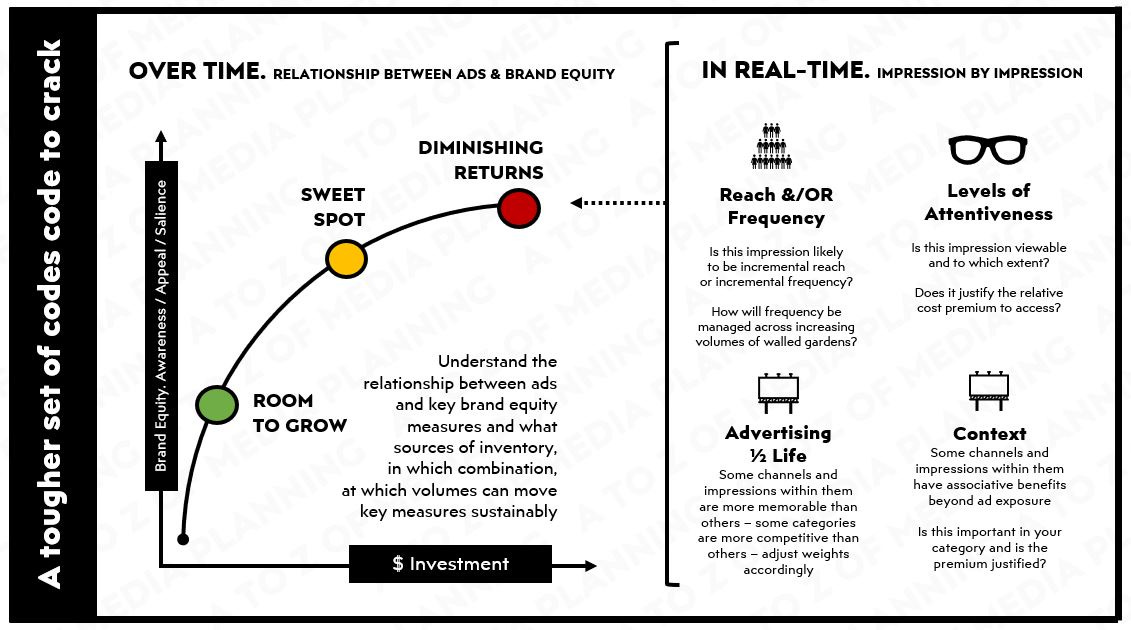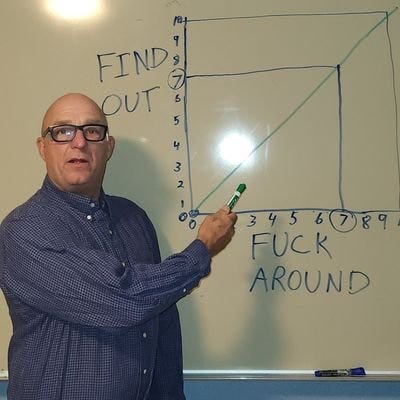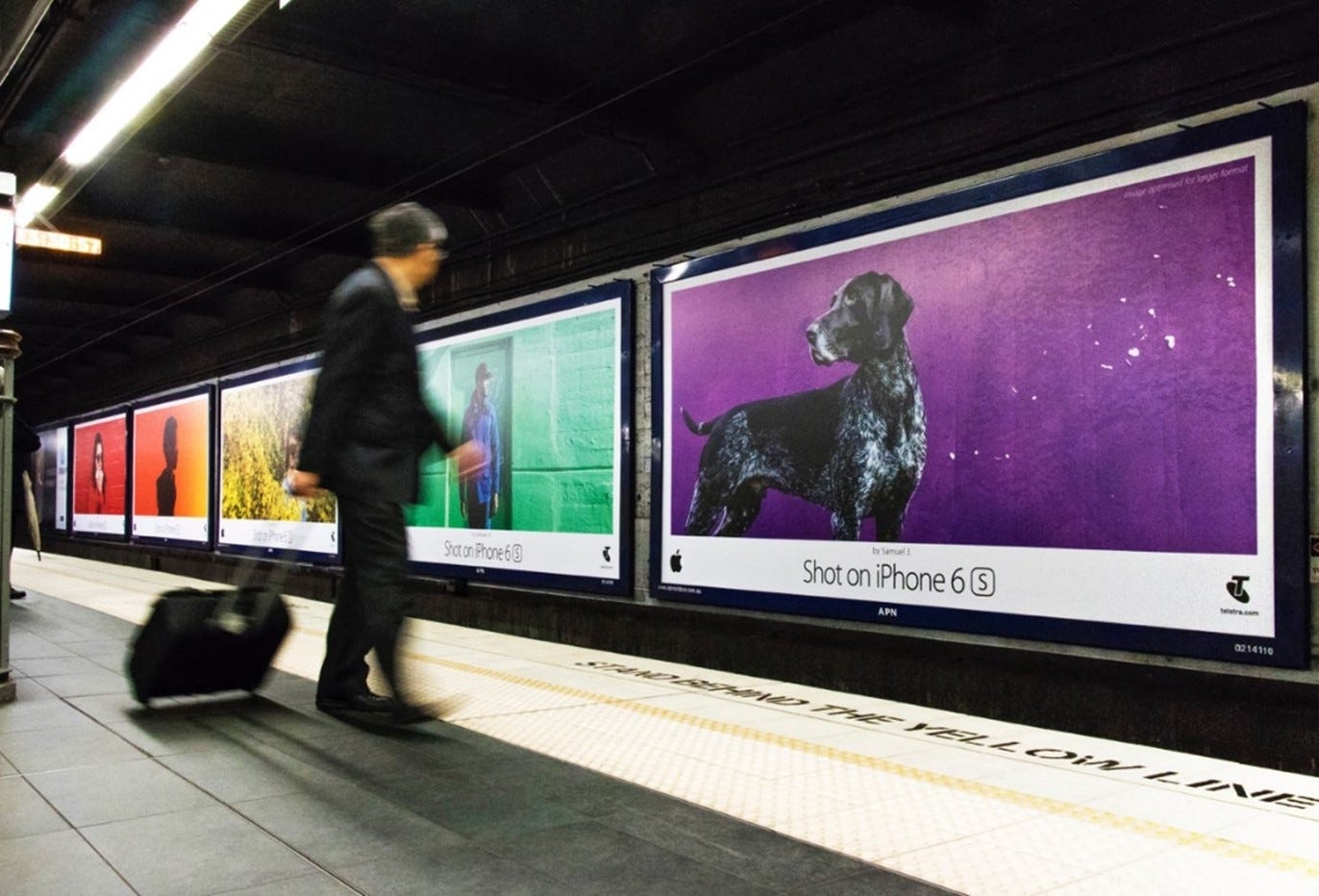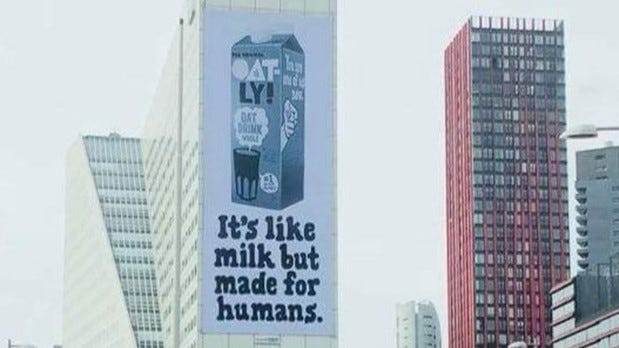For years, conventional wisdom amongst futurists was that artificial intelligence and automation would come for the jobs of blue-collar workers whose jobs involved repetitive and manual tasks.
Truck drivers, retail cashiers and warehouse workers would all lose their jobs to robots, while white-collar workers in creative fields like the arts, entertainment, media and marketing would be safe.
Well, an unexpected thing happened recently… A.I. entered the creative and consultative classes.
Not in the shape of IBMs Watson (Remember that?) but in the form of Chat GPT, Stable Diffusion & MidJourney – with Open AI’s impending integration into Microsoft’s suite of tools promising to automate T.F. out of everything and leave many a creative and consultative professional obselete.
It would be easy to write a post adding to the disaster narrative around how A.I. will take all our jobs.
Creatives being replaced by generatives and media practitioners being replaced by software.
Every time I see this chat around the internet it reminds me of The Doorman Fallacy.
A policy where hotels replace salaried door attendants with automatic doors to save money.
At face value a move that makes economic sense.
Pay to have the door put in once and put that ongoing salary into other things.
However… opening and closing a door for guests is only the notional role of a doorman.
Their other, less definable sources of value for both customers and hoteliers alike lies in the multiplicity of other tasks they perform: be that taxi-hailing, valet parking, safety and security, customer recognition, giving insider restaurant and bar recommendations, or getting people into those restaurants and bars; that in combination signal the status of a hotel.
An automatic door will do one of these things.
A good doorman, or doorperson, will do some of these.
A great one will do all of these and many more - the combination of which may actually increase what you can charge to stay in your hotel.
The problem for finance departments, is misunderstanding the individual task of opening and closing a door for guests vs. that broader role and the unintended consequences of automating it.
A problem I envisage being shared with and wrestled by marketers and their broader procurement teams given the new creative and consultative potential of the next era of media planning and buying.
So for this post M is for… Machines
Where I’ll give a brief history lesson on the first wave of automation we’ve seen across advertising, that resulted in new types of task that make up the role of a modern media practitioner.
Pulling apart the door from the doorman if you will.
Before musing on how these may be automated or even elevated as machines spread across more of what we do.
The first wave of automation. Puts tin hat on. Achieving less with more
In our world the transition from people to machines isn’t one that’s just started with Chat GPT and MidJourney, but is one that’s been in motion for the better part of half a century now.
Reducing rows and columns of professionals to cells in spreadsheets since the 80s…
…and replacing manual phone calls and faxes to sign-off and secure blocks of advertising spots and space, with semi-automatic platforms trading impression by impression since the 00s.
If the ultimate point of automation is to achieve more with less, an argument can be made so far across advertising that we’ve achieved less with more.
Programmatic media and the AdTech that powers it are symbolic with the first wave of significant automation we’ve seen across advertising in the past twenty years.
No partner or platform having had as significant role to play in that wave than Google.
In G is for Google I walked through how they shrewdly created the digital advertising market under one roof with acquisitions that stretched their capabilities beyond search, then used a big consultancy playbook to de-position traditional media and media agencies to win the hearts and wallets of advertisers both big and small.
But the promise didn’t necessarily live up to the practice for many scaled brands and businesses.
As like their cousins on production lines, at point of sale and across fulfilment centres, the first wave of automation has seen us build amazing machinery, but machinery that today is most effective in only a narrow set of tasks for scaled brands and advertisers that wish to grow.
As much of the ideology at the heart of digital advertising, such as zeroing in on moments of truth, or targeting specific audiences otherwise unavailable in traditional media, didn’t end up translating into increased effectiveness as promised across all types of communications task.
Experience relayed openly and honestly by the likes of AirBNB & Adidas.
Relayed by the graphic below which is indicative, not absolute.
But on that journey towards the enlightenment, good media practices and practitioners picked up a very specific set of skills that re-positioned themselves in the marketing services supply chain.
From schedulers, co-ordinators and traders of advertising, into orchestrators.
Some of which, not all of which is captured in the graphic below.
A spread of tasks; from consultational to operational.
Some lending themselves to automation, others having the potential for elevation.
All of which require a modern marketing professional to have a basic grasp of the fundamentals – because who wants to be the person standing in-front of a grumpy CEO gunning for the marketing department with only a chat-bot to defend their choices.
The next wave of automation. Puts positivity hat on. Achieving more with more
To muse on where we may be heading requires an assumption or two.
Over the past twenty years we’ve seen semi-automated modes of planning, buying and optimisation of advertising move from zero to forty percent of ad $s invested.
This trend towards programmatically traded media is only likely going to go further, faster too.
Not to 100%, but realistically 70% + as more media owners on the sell-side move to
make their traditionally traded inventory available programmatically to maximise yield, whilst keeping back their most prized programming, spots and spaces to sell directly to clients.
This will have the most sizeable impact in how we implement.
Fewer people will be able to buy more media across more channels and countries for sure.
However, machines tend to be good with binary choices, hence why they’ve been most successful with lower funnel lead-gen activities to date – which are in-line for an upgrade as multi-cell testing multiplies across more channels and associated tasks.
A tougher set of codes to crack.
Demand Capture Generation
The challenge for users and builders of AdTech alike will be to evolve from simply optimising to various “cost per actions” symbolic of the first wave of AdTech, to creating sets of guardrails around the inventory that they’re trading and the audiences they wish to attract that can consistently deliver attentive reach, recency and resonance in people’s minds that were previously the responsibility of traditional media.
This will be more difficult than simply optimising to single measures, but help will be on hand when you consider most of tomorrow’s, rather than a slice of today’s advertising will be time-stamped, geo-stamped and linked to unique audience identifiers at the same time eCommerce and retail media is expanding.
An econometrician’s dream.
This creates the perfect space for A.I. to flex its muscles and pull apart how well different inventory sources, volumes, contexts and qualities contribute to incremental sales and/or equity measures.
Thus giving all planners and buyers of tomorrow evidence-led tools to orchestrate investment in ways that are more likely to be effective, reducing the risk of brands and agency partners making s*** choices which can only be a good thing.
Right?
The risk of de-risking.
When the vast majority of advertising becomes machine-led with varying degrees of automation, a new risk arises that much like early iterations of Satellite Navigation systems in cars, the industry self-optimises into traffic jams chasing similarish inventory sources, across similarish channels, using similarish formats in similarish ways.
At best creating inflationary pressures, at worst creating risky maneouveres.
Exacerbated by content platforms wishing to game the algos by creating profitable content to juice their “metrics”.
Avoiding Pile-Ups
What will set apart the most skilled practices and practitioners will be letting machines sweat the operational side of things, but resist the temptation to follow what the machines may be suggesting to the letter and bring their experience, their intuition and ingenuity into play; to in essence f*** around and find out the plays they can make that may be more effective than what is already known.
As it’s creative uses of media in all its forms that are empirically proven to help brands stand-out and stand apart for the right reasons relative to more conventional formats.
Research most recently re-enforced by professors at The University of Amsterdam.
Be it stuntier plays, strategic alliances or the creation of distinctive brand behaviours and body language which by their nature defy the conventions upon which machines will be trained upon.
Let me illustrate with some examples of what I mean here.
For example…I don’t think machines could tell a brand to build a tiny remote controlled version of its flagship product to become the conversation on sport’s biggest stage.
Sweating a bland corporate sponsorship in ways that get people talking positively.
For example…I don’t think machines could tell a brand to partner with an iconic, but reclusive artist and use the world’s finest department stores as a canvas to celebrate them coming together.
For example…I don’t think machines could tell a brand to always own the eyeline when it shows up to elevate themselves above the competition
For example…I don’t think machines could tell a brand to de-position dairy, and use the most prominent places and spaces in-town to propel that positioning and make themselves the news story.
For example…I don’t think machines could tell a brand to flip from positioning itself from value driven to values-driven, or to make that positioning meaningful at scale by partnering with the problem itself.
I may be naïve, but people made these recommendations.
Smart, savvy, intuitive and imaginative people.
I find it hard to think machines will be suggesting these types of plays moving forwards, but they’ll be very handy at helping create the concept art to sell it in, provide the supporting evidence and measure its relative success.
Thus hopefully resulting in more brands making bigger plays more often.
Until next time : )






